Content index
This strategic initiative is designed to facilitate seamless collaboration among our MEP, Architecture, Construction, and Real Estate departments. By leveraging an integrated platform, we ensure real-time data sharing that enhances transparency and decision-making.
Moreover, our CDE aligns with international standards outlined in ISO 19650, governing the organization and digitization of information about buildings and civil engineering works. This adherence to best practices enhances our data management capabilities and supports efficient project delivery.
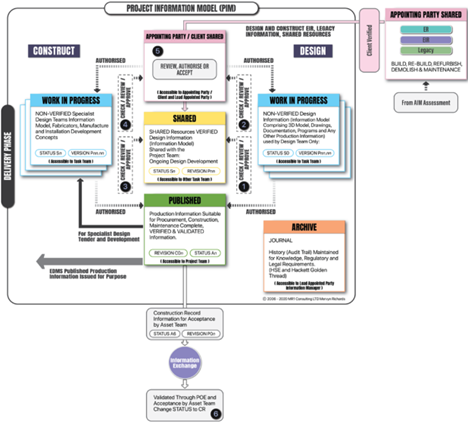
Establishing In-House Standards for Information Exchange and Modeling
To maintain the highest quality of deliverables, we have implemented comprehensive in-house standards for information exchange and modeling. Our practices align with the latest versions of key industry standards, including:
- ISO 19650: Information management using BIM.
- BS 1192: Collaborative production of architectural, engineering, and construction information.
- UNICLASS 2015: A unified classification system to enhance project communication and information management.
These standards are critical in streamlining our workflows, ensuring that data is consistently organized and easily accessible. By establishing clear protocols, we enhance collaboration among teams and ensure compliance with industry best practices.
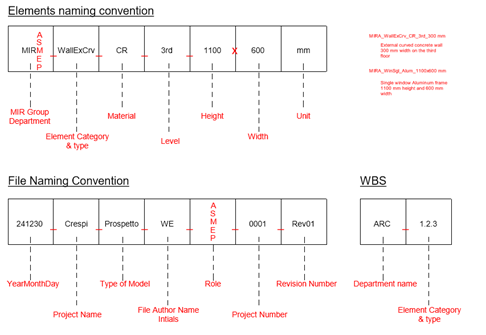
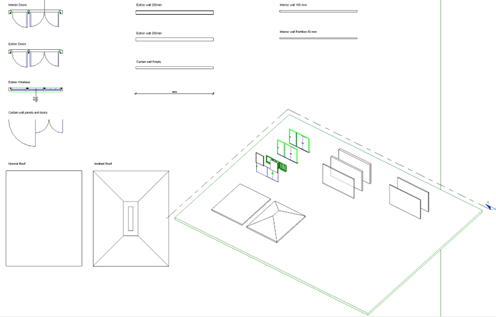
Project Spotlight: Facade Design and Energy Efficiency Initiatives
In our latest project, we focused on innovative facade design strategies that enhance both the aesthetic appeal and energy efficiency of our buildings. In addition to optimizing the building envelope, the project includes enhancing openings, such as windows, and renovating the roof.
By integrating advanced modeling techniques and collaborative design processes, we are creating solutions that improve thermal performance and natural lighting within interior spaces. This holistic approach ensures that we not only meet but also exceed our energy performance targets, resulting in visually striking and environmentally responsible buildings.
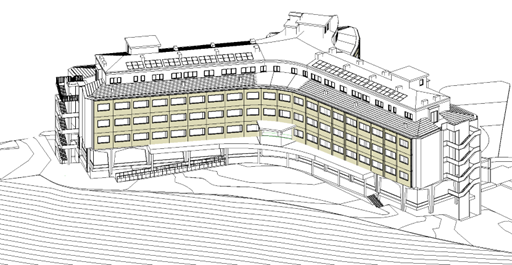
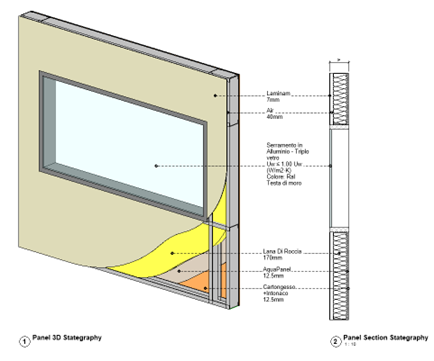
What is the purpose of the WBS?
Generally, the WBS does not explicitly appear in the Project Plan (but nothing prevents it from being included as an appendix at the end of the document). It is more to be considered a "behind-the-scenes" working tool: the WBS will indeed be referenced to plan various aspects of the project, as indicated in the following diagram:
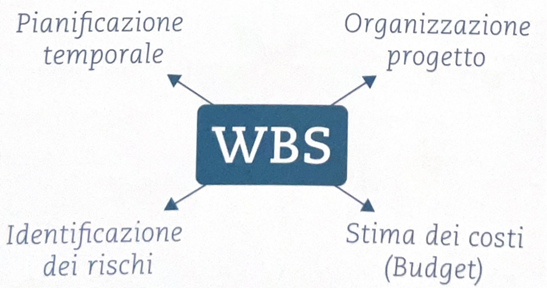
In the latest BIM developments, the integration of the Uniclass system with Revit has significantly enhanced our workflow efficiency. By utilizing the Uniclass classification framework, we can create a detailed work breakdown structure directly within Revit, ensuring that all project components are systematically organized. This streamlined approach not only facilitates better project management but also allows for seamless export to IFC format, specifically tailored for Primus IFC. This process not only improves data interoperability but also ensures that all stakeholders have access to accurate, classified information throughout the project lifecycle.


